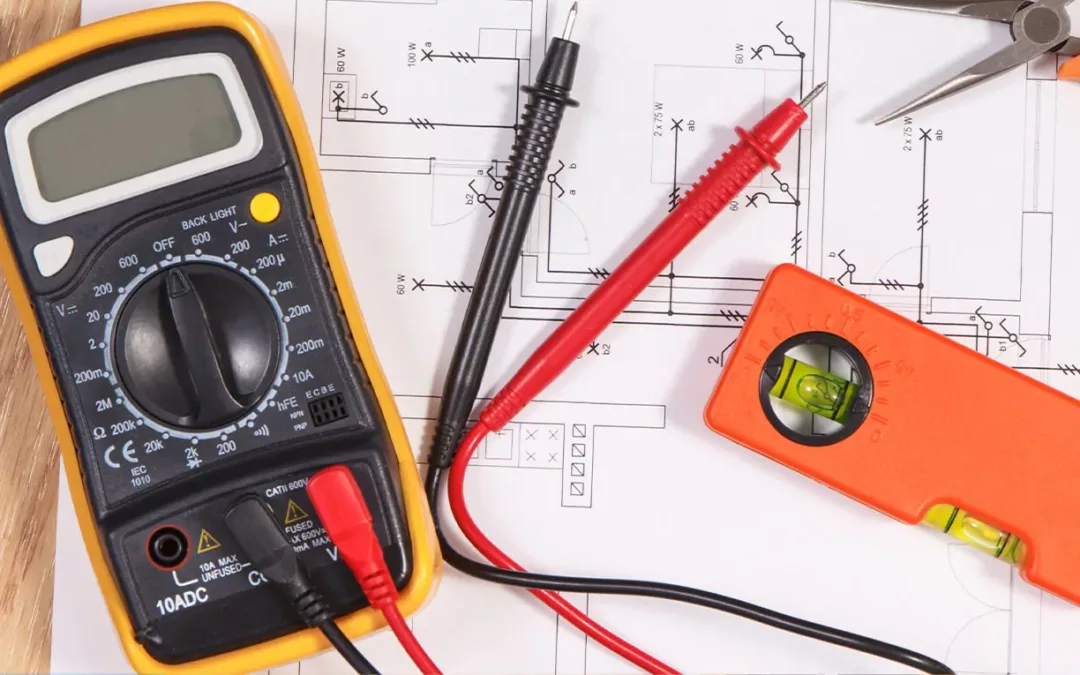Everything You Need To Know About EICR Coding
Landlords are required to obtain an EICR certificate for their property, but what do the EICR test codes mean?
Read on to learn more.
If you’re a landlord or are managing a rental property, you are required to obtain an EICR certificate. An EICR electrical report is a legal safety requirement that proves all electrical installations have been appropriately carried out so that the property is safe for tenants. An EICR test can only be carried out by a qualified professional, and an EICR electrical certificate can only be issued once testing has been carried out and a report drawn up.
On an EICR report a landlord will see a number of observations, each one of which will have its own classification or code. For anyone who lacking professional knowledge, interpreting the report can be a challenge. Therefore, this blog post will help to make sense of these codes and classifications so that landlords can have a better idea of the information that their Landlord electrical certificate contains.
The Standard EICR Test Certificate Classification Codes
There are three standard codes that can be found in an EICR report. These are C1, C2 and C3. Each of these three codes has its own meaning:
C1 = Danger present, risks of injury and immediate action to remedy the problem is required.
C2 = Potential danger. Remedial action must be taken urgently.
C3 = Improvements recommended.
Each observation will be given a single classification code and this code will let the landlord know whether or not an electrical installation requires work to be carried out on it straight away due to it being dangerous.
Code C1
If an installation is coded as a C1 it means that it is dangerous and remedial action must be taken immediately. Anyone who uses the installation could be put at an immediate risk so something must be done straight away to prevent injuries from occurring. This may be switching off and isolating the installation’s affected parts so the danger is removed. Some observations that could warrant the C1 classification code include accessible and exposed live parts, incorrect polarity of conductive parts which have become live due to a fault.
Code C2
If a C2 code is given to an installation this indicates that, although there is a deficiency, it isn’t dangerous at the present time. Nevertheless, it means that this installation will become an immediate and real danger should a fault occur and therefore remedial action must be taken quickly to remove the danger before it gets out of hand.
Some observations that could warrant the C2 classification code include an absence of earthing, the use of public utility water pipes to earth an installation, or absences of circuit protective conductors for any circuit that supplies a piece of Class I equipment.
Code C3
When an installation receives a Code C3, this means that a deficiency has been observed that isn’t immediately dangerous however, improvements could make the installation significantly safer. Some examples of C3 classifications include those for installations that have an insufficient IP rating, for socket-outlets that are mounted in positions that could potentially cause damage to the plug, socket or flex, or an absence of details to identify a circuit.
The F1 Code
There is a further code that may be used on an EICR report. This is the F1 code which indicates that further investigation must be carried out into the installation’s safety. An example of when this code would be given would be if the electricity supply has characteristics that don’t conform to the norms of the supply industry.
What Constitutes An Unsatisfactory Electrical Installation Condition Report In London
When a rental property undergoes EICR testing in London it will receive an unsatisfactory report if it receives a Code C1, C2 or F1 in any category. Remedial work must therefore be carried out on all the affected installations before the property can be considered safe for tenants to use. Obtaining an EICR report in London is something that is absolutely essential for all of the capital’s landlords if they are to stay compliant with the law, therefore it’s important to use a reputable company to carry out testing and issue an EICR certificate in London. Our team of highly qualified professionals are on hand to meet all your testing needs, so contact us today to learn more.
Click Here to Book Now

